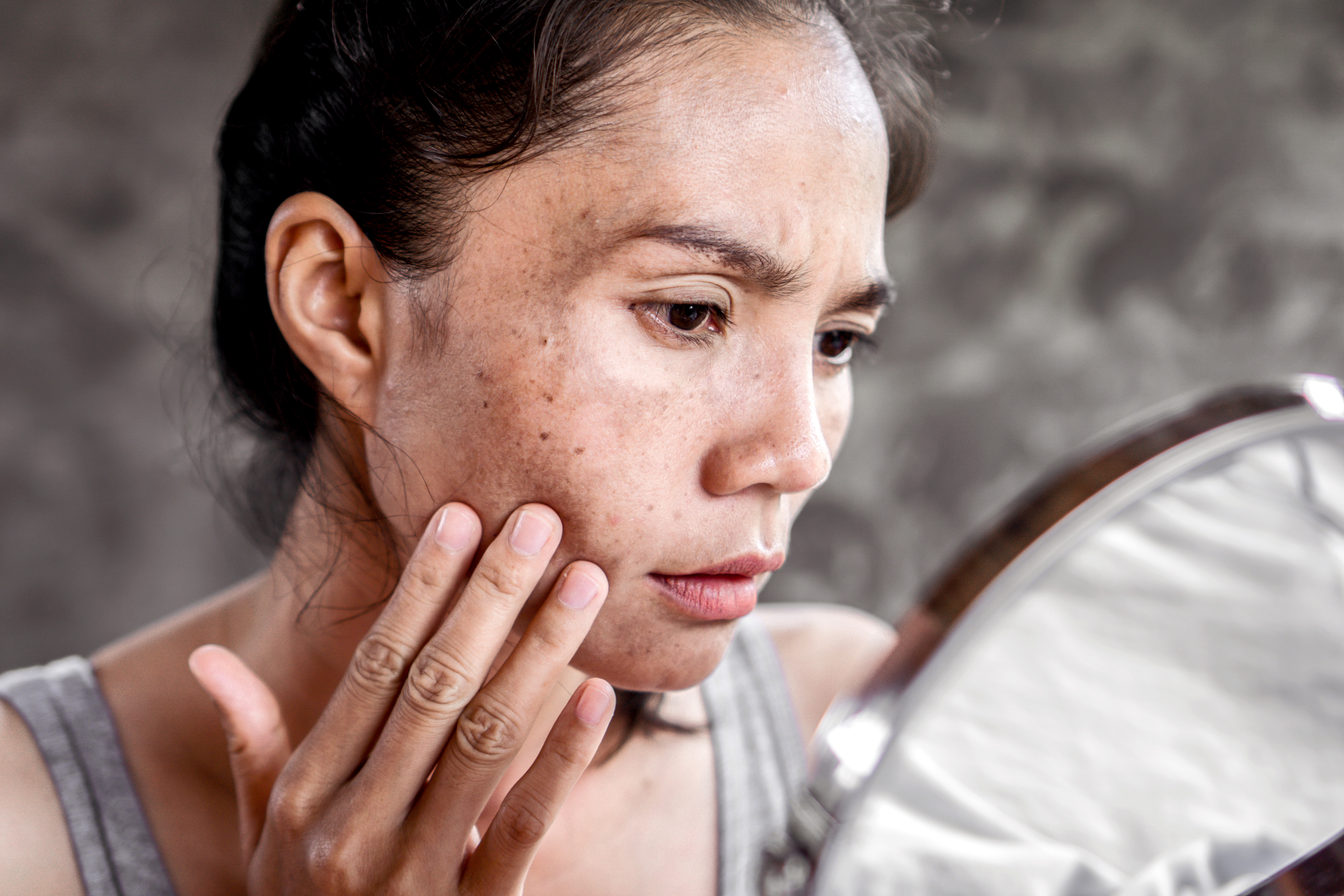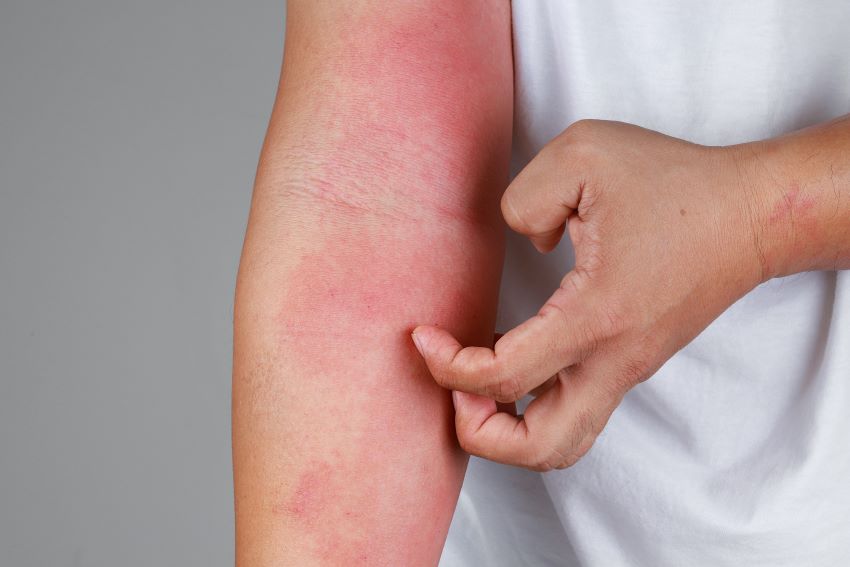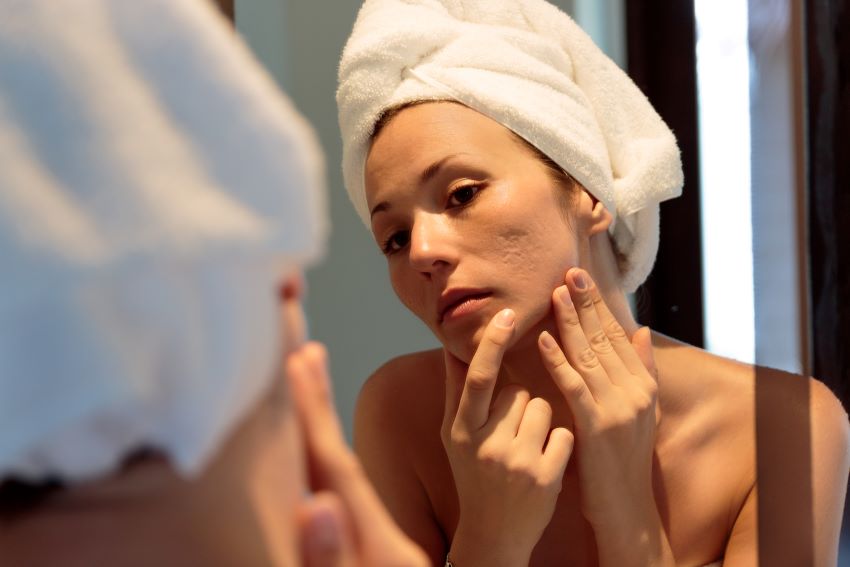What is Eczema? Eczema is an inflammatory skin condition that results in red, dry itchy skin. Also called dermatitis, eczema…

 Holistic
Holistic
How to Get Rid of Hyperpigmentation Based on Your Skin Tone
What is Hyperpigmentation
Skin Hyperpigmentation is the name of the patches of skin on your body that are darker than your natural skin tone. The darkened skin patches are caused by the overproduction of the brown pigment, melanin, in your body. Too much melanin production or excess melanin leads to any of these four main types of hyperpigmentation: melasma, post-inflammatory hyperpigmentation, sun damage, and medical conditions.
Melasma is a condition most commonly found in women who take oral contraceptives or who are pregnant. Skin pigmentation on the face or those brown patches that present on the skin are typically found on the cheeks, forehead, nose, upper lip, and chin.
Post-inflammatory hyperpigmentation is the most temporary form of the condition and occurs as a reaction to certain traumas that your skin experiences. These “traumas” that trigger hyperpigmentation include acne, infection, waxing, laser treatments, and chemical peels. Typically, these hyperpigmentation spots caused by a skin trauma go away on their own within a couple of months.
Sun damage is exactly what it sounds like. Dark spots that occur from overexposure to the sun’s UV rays. Typically, sunspots that look like brown spots appear on the face, chest, and hands and are more common as one ages due to more sun exposure throughout the years.
The last type of hyperpigmentation can occur due to a medical condition called Addison’s disease. This disease is a disorder in one’s adrenal gland that causes an overproduction of melanin resulting in dark spots or darker skin tones.
Best Ways to Get Rid of Hyperpigmentation
The good news is that there are quite a few options that work to neutralize the excess melanin production and get rid of hyperpigmentation. All types of hyperpigmentation that make up the darker skin tone area can be lightened back to your natural skin tone.
The first option to even out your skin is to use an over-the-counter lightening product for this skin condition. When considering this purchase, be sure to choose a product that contains moisturizing agents in it to avoid dry skin as well as to encourage cell turnover. Ingredients like hyaluronic acid or glycerin will boost the growth of skin cells and can also restore the lipid barrier in your skin to protect it from sun rays.
Cosmeceuticals in Skin Care
- Kojic Acid: is the best treatment for hyperpigmentation and proves to be more effective when used with hydroquinone and glycolic acid. Kojic acid works by interfering with the production of excess melanin.
- Vitamin A products: These come in Retinol and Tretinoin that aid in skin rejuvenation and also promote cell turnover.
- Alpha Hydroxy Acids: They peel off dead skin cells to smoothen the skin. Alpha hydroxy acids also promote cell turnover as they even out the skin tone.
The second step to take in healing hyperpigmentation is to avoid picking, touching, and pulling at your skin. Picking at your skin will only damage and inflame the discolored patch even more. The more you touch it, the deeper the pigmentation spots will move into your skin making it more difficult to get rid of.
If over-the-counter creams are not doing the trick for hyperpigmentation removal, consider reaching out to your dermatologist for a dermatology medication. Prescription-strength hydroquinone is the most commonly used product as it works to slow the production of pigmentation and fade dark spots. Be sure to follow your doctor’s orders with hydroquinone because overuse of it can result in increased sun sensitivity or the bleaching of the skin.
Sometimes, topical creams might not work as well or as quickly as expected. In this case, turning to dermatological procedures will work as the fastest way to get rid of hyperpigmentation. Chemical peels, laser therapy, microdermabrasion, or dermabrasion are all options that work similarly to rid skin of hyperpigmentation. These procedures work to gently remove the top layer of your skin where the dark spots lie. After recovery, dark spots or pigment spots will be lightened, and you will have a more even skin tone.
Lastly, and arguably most importantly, you must take steps to prevent future damage from hyperpigmentation. Using sunscreen with SPF 30 daily is the best way to avoid any type of sun damage or worsening of dark spots. When completing your skincare routine, be sure to use skincare products that do not sting, as these can further irritate the condition. Finally, if you struggle with an acne skin condition, use a medication that prevents breakouts and acne scars to avoid skin discoloration from these as well.
Conclusion
To conclude, although hyperpigmentation poses no immediate threat to your skin’s health, it can be frustrating to have an uneven skin tone. By treating your skin’s brown spots correctly through proper hyperpigmentation treatment, the skin discoloration will go away and you will regain confidence with an even and glowing complexion.
This blog is based on research and/or other scientific articles and is written by our experienced Chief Strategy Officer and Pharmacist, Ronak Desai. This blog is fact checked by our educated Pharmacist in Charge, Darshan Patel, who additionally runs our Apotheco Manhattan location.
Here at Apotheco Pharmacy Group, our goal is to provide the most up to date and accurate information on health and dermatology related topics. We do this to ensure our readers can make informed decisions based on factual content. All blogs undergo an extensive review process before posted.
This blog contains trusted sources. All sources are listed at the bottom of this article with hyperlinks that take you directly to the source.





